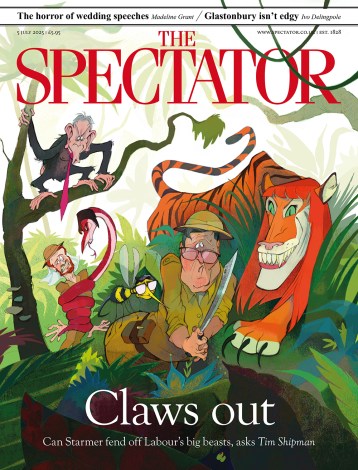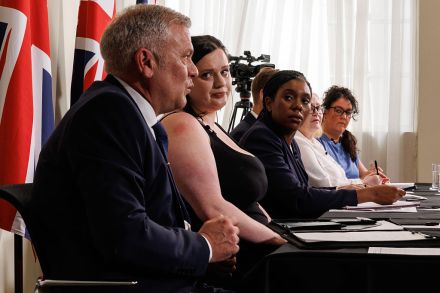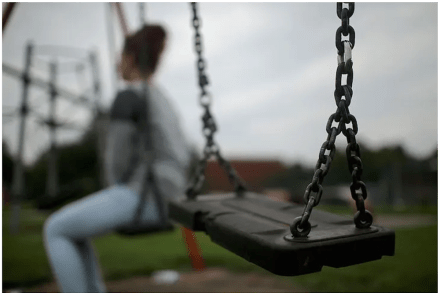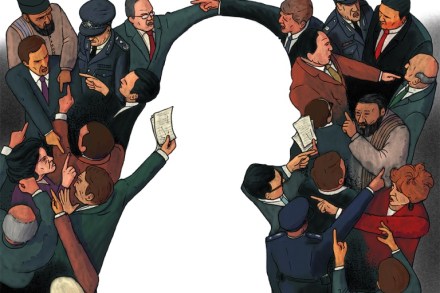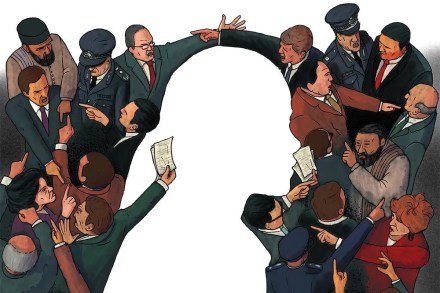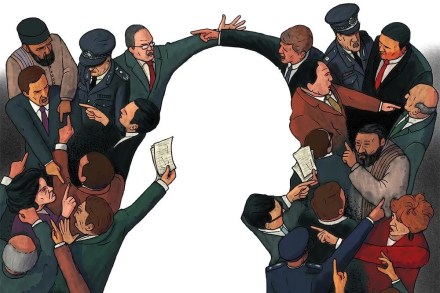The grooming gang inquiry we really need
It’s disorienting but satisfying that Labour now accepts that Asian grooming gangs exist. Some of my left-identified friends are even beginning to share the outrage – over Qari Abdul Rauf, for instance, one of the nastiest of the Rochdale rapists, who still lives in Rochdale a decade after the first steps to deport him were taken. Rauf simply ripped up his Pakistani passport and couldn’t then be shifted. He’s cost the taxpayer nearly £300,000 in legal fees, but still has enough dosh to throw regular house parties and, it was reported this week, to start building a second home back in Pakistan. Pimping out children pays. It’s nice that the

